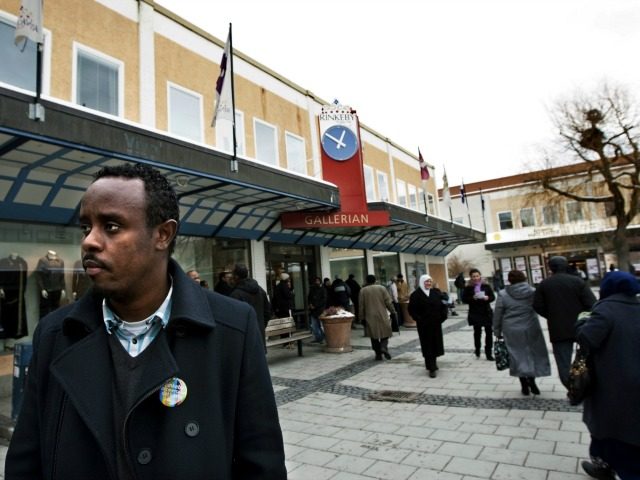Around Two Million Swedish Residents Are Now Forei
Post# of 65629

< >

According to newly released statistics, nearly 20 per cent of the Swedish population, or one in five people, were born outside of the country as of 2019, a new record.
A total of 1,960,000 foreign-born people now reside in Sweden according to Statistics Sweden who notes that the number of foreign-born residents has nearly doubled between 2000 and 2019, Swedish broadcaster SVT reports.
The most common country of origin for migrants from 2000 until 2015 was neighbouring Finland but since the height of the migrant crisis, Syrians have surpassed Finnish immigrants and remain the number one origin country for foreign-born residents.
Iraqi migrants have also seen a surge in numbers since 200 and as of August 2015 have replaced Fins in second place to Syrians. As of August of this year, there were 190,2098 Syrian-born migrants, 145,602 Iraqis and 145,487 Fins.
When looking at migrants by gender, Afghans constitute the most male migrants with 65 per cent of the total number of Afghan migrants being male while Thailand had the largest share of female migrants at 78 per cent of the total.
The municipality of Botkyrka has the highest share of foreign-born residents at 42.1 per cent, followed closely by Haparanda and Södertälje.
The municipality of Södertälje has had some difficulties with integration over the last few years with several incidents of homophobia reported including a group of Syrian migrants attacking a homosexual migrant in 2017 and local officials claiming that pride flags had repeatedly been sabotaged and taken down.
Several areas of Södertälje have also been listed by Swedish police in prior reports on “vulnerable areas,” commonly referred to as no-go zones, with the areas of Ronna, Geneta and Lina being listed as “particularly vulnerable.”
Most foreign-born residents in Sweden, however, tend to live in Sweden’s larger cities such as Stockholm and Malmo where one in four residents are foreign-born, or in Gothenburg where the number is just over one in five.
 (0)
(0) (0)
(0)